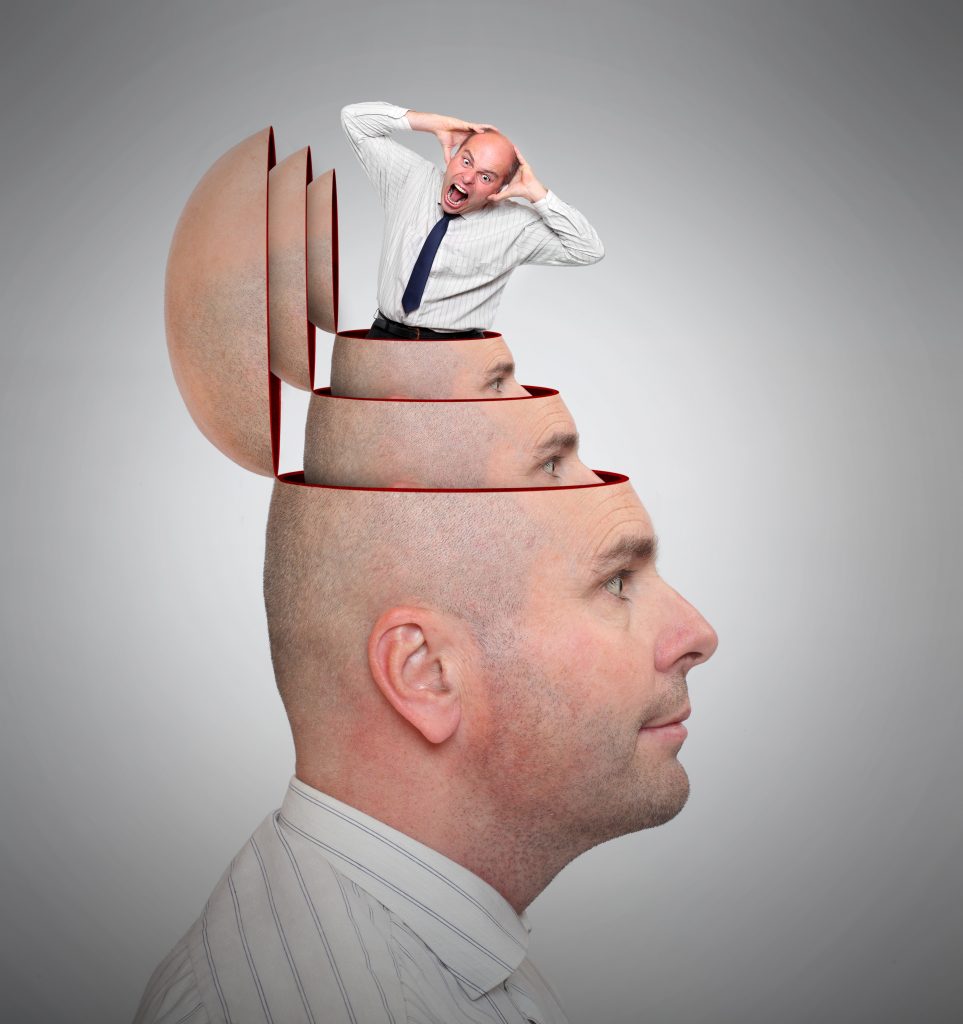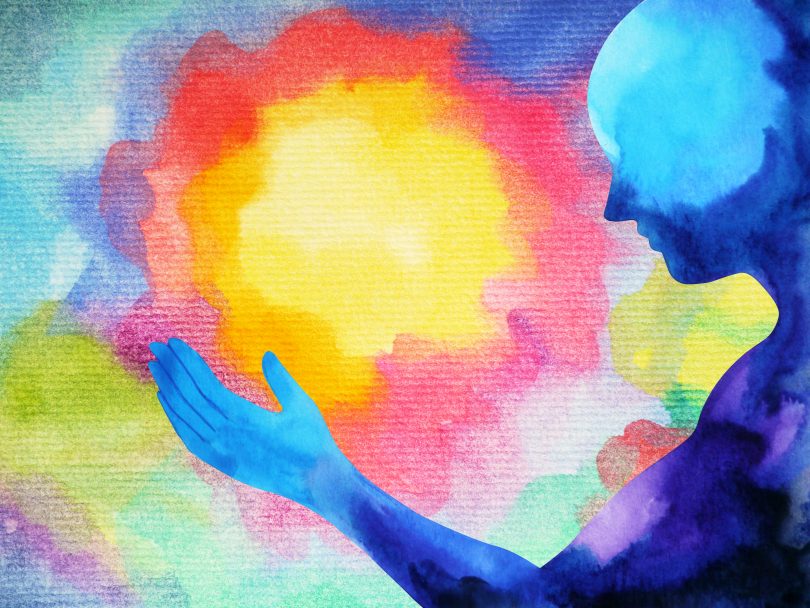When you think of a therapy session, you probably think of someone sitting on a couch talking about their life, while a professional looking person listens, and aids in the process. But what if one other component could be added to the scenario. Like 100 micrograms of LSD, or 20 mg of psilocybin? Psychedelic-assisted therapy is coming back in style, and there’s a really good reason why.
The world of cannabis is ever-changing and ever-improving. Take THC, for example. It used to be that there was only one way to experience it. Now, with medical science, there is also delta-8 THC, a version of THC with less psychoactive effect, and related anxiety. You can check out some great Delta-8 THC deals here and test it out for yourself.
What is a psychedelic drug?
Psychedelic drugs are a subset of hallucinogenic drugs, which are a subset of psychoactive drugs. Psychedelics are specifically associated with altering a person’s perception, mood, cognition, general sense of time and space, and emotions. As hallucinogens, they can also cause a person to see, hear, feel, taste, and smell things that are not actually there, or to experience things in a distorted way. Psychedelics can be found in nature, or made in laboratories. Examples of psychedelic drugs include LSD, magic mushrooms, DMT, MDMA, ayahuasca, peyote, and many, many more.
Psychedelics tend to promote empathy and feelings of connection between people, self-introspection, and mystical experiences, which vary by the drug taken, and in what amount. They encourage feelings of euphoria, relaxation, and overall wellbeing. They can also have some negative effects, especially when too much is taken. These can involve a fast or irregular heartbeat, dizziness, confusion, sweating and chills, vomiting, and numbness. As with any substance on earth being used as a medicine, it is important to understand dosing.
Psychedelic drugs have different modes of action, but many are serotonergic, like LSD and psilocybin, which means they interact with serotonin receptors in the brain, generally causing a rush of the neurotransmitter, and then blocking reuptake to promote absorption, essentially saturating the brain with serotonin. Serotonin (aka 5-HT) is a neurotransmitter associated with many functions including mood regulation, involuntary muscle control, and sending signals throughout the brain.
Along with promoting a lot of good feelings, and being investigated more and more for medical benefits, some psychedelics also come with the possibility of a bad trip. A bad trip is everything that a good trip is not. Negative and scary hallucinations, and feelings of anxiety and panic. This is often associated with simply taking too much of a drug, and can be mitigated by understanding dosing.

What is psychedelic-assisted therapy?
Psychedelic-assisted therapy is the combination of talk therapy with the administration of a psychedelic drug during the session. Examples of drugs that can be used for psychedelic therapy include, but are not limited to, LSD, psilocybin (the main psychedelic component of magic mushrooms), MDMA, ayahuasca, and DMT. Psychedelic drugs are tested in high doses, as well as micro-doses. The basic model for the psychedelic-assisted therapy process goes as follows:
1 – The preparation phase involves initial sessions held prior to any drug ingestion. This often involves talk therapy sessions, in which a clear picture can be made of the person’s issues, and the therapist can prepare the patient for the psychedelic experience. Preparation is done by helping with basic guidance, like encouraging the patient to go through a door if they see one in their experience, or to approach scary characters and ask questions rather than running away, so as to promote a person dealing with challenging situations. It is important in this phase that the patient and therapist create a good relationship, as that has an impact on how comfortable and positive the patient feels when entering the next phase.
2 – The next phase is the psychedelic session phase. The two big aspects to consider when going into a session of this nature, are the mindset of the patient as they go into it, and the physical setting around them, which should promote general comfort. In testing, the space is generally set up to be like a living room. A typical session can last as long as eight hours, or as long as the effects of the drug that was taken. Generally, sessions involving drugs will have two therapists in attendance, which I assume is partially a security measure since the patient is put into an altered state.
The patient can sit or lie down, can wear sunglasses if it helps them, and is sometimes given music to listen to. For a psychedelic session, the compound is generally administered in the form of a pill at a micro-dose level – though this is not a rule and many programs will seek larger doses. Models vary when it comes to how many drug-assisted sessions a patient undergoes, and the dosage taken. Therapists will guide patients through the experience, but perform limited, if any, analysis at this time.
3 – The final phase is the integration phase. This happens soon after the psychedelic-assisted therapy session, and can be done as one session, or multiple sessions. In this phase, facilitated by the therapist, the patient can process their psychedelic session, and work to make sense of their experience, and to gain some sort of positive meaning out of it.

Psychedelic-assisted therapy isn’t a new invention
While it might seem like using psychedelics in therapy is a fantastic new discovery in mind-expansion to help treat mental disorders, it’s really not new at all. What is happening now, is a re-emergence of a field of study and therapy that started in the mid-1900’s, beginning with the use of LSD.
LSD was originally synthesized in 1938 by Swiss chemist Albert Hofmann for Sandoz Laboratories. Hofmann, incidentally, also brought us the first isolated psilocybin compound from magic mushrooms, making him one of the more important characters in modern psychedelic research. The drug didn’t make its way to the States till almost 1950, where it caught the attention of psychotherapists.
One of the early pioneers into psychedelic therapy research was psychiatrist Humphry Osmond. Humphrey Osmond was one of a group of psychiatrists that got into LSD research for the treatment of alcoholism and other mental disorders in the 50’s.
He was actually the guy that coined the term ‘psychedelic’, and tried it himself before starting to offer it to patients in 1953. In one of his first experiments into alcoholism (limited as it was), Osmond gave one 200 microgram dose of LSD to two alcoholics, one of whom quit immediately, and one of whom quit six months later.
His collaboration with Abram Hoffer in 1951 started the Saskatchewan trials (named after the location of Weyburn Mental Hospital where the research took place.) Over 2,000 patients later, at the end of the 1960’s, the methodology of one single dose of LSD coupled with psychotherapy had consistently in their research showed positive benefits for treating alcoholism with 40-45% of test subjects not relapsing within a year.
Psychedelics in the UK
These positive results were mirrored by a UK psychiatrist Ronald Sandison who had already begun using alternative methods in psychotherapy like art and music. He began treating patients with LSD brought back from a trip to Switzerland where he met Albert Hofmann. His trials in the UK returned similar results to the Saskatchewan trials, and in 1954 Sandison published this study in which 36 psychoneurotic patients were administered LSD over the course of a year, leading to 14 recovered patients, only two without improvement, and the rest with some level of improvement.

Sandison even opened the first LSD therapy clinic in the 1950’s. It could accommodate up to five patients, and included individual psychedelic sessions, and group discussion sessions. In 2002, Britain’s National Health Service agreed to pay £195,000 to 43 patients of Sandison’s in out-of-court settlements, though whether this was out of actual damage suffered, or opportunism to collect for the usage of a drug that had become illegal, is hard to say.
Osmond’s method of LSD therapy that included one large dose with psychotherapy, was termed ‘psychedelic therapy’, while Sandison’s approach of using multiple smaller doses that increase in size, also with psychoanalysis, was termed ‘psycholytic therapy’. Between the years of 1950-1965, over 40,000 patients were treated with LSD, over 1,000 scientific papers were published, and six international conferences on the subject were held. All of the research and treatments ended by 1970 when psychedelic drugs were formally illegalized by the Convention on Psychotropic Substances treaty.
Benefits of psychedelic-assisted therapy
Research will continue to build on the topic, but what is out there is certainly promising. In one systematic review from 2020 called Psychedelics and Psychedelic-Assisted Psychotherapy, the authors looked at research from 2007-2019, reviewing a total of 161 articles. The most significant results were related to MDMA for the treatment of PTSD and psilocybin for the treatment of depression and anxiety (related to cancer). The authors also noted promising results related to the use of LSD and ayahuasca for mental disorders.
In another systematic review from 2018 titled Psychedelic-Assisted Psychotherapy: A Paradigm Shift in Psychiatric Research and Development, the review authors investigated research related to psychotherapy involving psychedelics like ketamine, MDMA, psilocybin, LSD and ibogaine. Clinical results supported use of these drugs, even for treatment-resistant conditions, and backed-up that psychedelics have proven to be both safe and effective. The review authors also made a point of how psychedelic-assisted psychotherapy can challenge the notion of standard diagnostics, saying the model:
“…has important consequences for the diagnostics and explanation axis of the psychiatric crisis, challenging the discrete nosological entities and advancing novel explanations for mental disorders and their treatment, in a model considerate of social and cultural factors, including adversities, trauma, and the therapeutic potential of some non-ordinary states of consciousness.”
Conclusion
Though the coupling of psychedelic drugs and psychotherapy might not technically be a ‘new’ version of treatment, it is new to current generations that were born in the wake pf psychedelic illegalization. In a way, the use of psychedelic-assisted therapy is simply going back to our own relatively recent history. Just imagine how far along research could have been if these drugs had not been illegalized in the first place. Unfortunately, that’s not what happened, and now, this old form of therapy, is becoming the new thing once again.
Hi there! Welcome to CBDtesters.co, your #1 location for the best cannabis-related news from around the world. Check in regularly to stay on top of the exciting world of legal cannabis, and sign up to our newsletter today so you never miss a thing!
Resources
Can LSD Treat Your Mental Illness?
Forced Legalizations: EU & France Battle it out Over CBD Laws
William O’Shaughnessy & The Start of Cannabis Medicine
Is CBD A Good Solution For PTSD?
What is DELTA 8 THC (FAQ: Great resource to learn about DELTA 8THC)
Is Cannabis Good for Young Brains?
Florida Bill Aims to Legalize Medical Magic Mushrooms
The CBD Flowers Weekly newsletter (your top resource for all things smokable hemp flowers). How to choose Delta-8 THC flowers? A Complete Look At Cannabis and Depression
The Medical Cannabis Weekly newsletter (International medical cannabis business report)
What is Delta-8 THC? All Your Questions, Answered!
The Delta 8 Weekly Newsletter (All you need to know about Delta 8 thc) and the Best Delta 8 THC Deals. Best Delta-8 THC Vape Bundles – Winter 2021 Denver Residents Vote to Decriminalize “Magic Mushrooms”
Cannabis and the South: How Things Change The New Rise of Medical Psychedelics Ask A Doctor – General CBD/PTSD Discussion
Merry Cannabis! Christmas and Marijuana
New Jersey Wants Home Cultivation for Cannabis Nature’s Magic – The Health Benefits of Psilocybin Mushrooms Plant Power: Everyday Plants That Activate the Endocannabinoid System








Hello,
I truly respect your work in this industry, Your writing is clear and concise. I appreciate reading about the progress. Keep it up and ask for help if needed.
Thankyou.
Dean
Organic grower from Vermont.
Thank you so much. I do the best I can 🙂